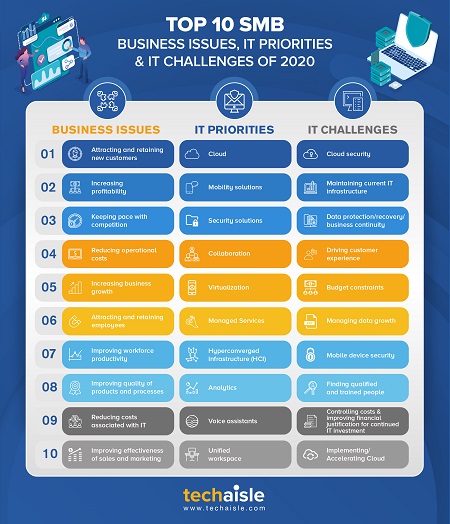Top 10 challenges faced by sole traders – StartupSmart

Taking the plunge and becoming your own boss is risky at the best of times, but the danger for sole traders is higher than for other types of business.
According to official statistics, sole traders are more likely to fail than any other kind of small business, with 20% of self-employed people packing up their ventures each year.
It’s easy to see why – the cost and time pressures of establishing a business is a huge burden for just one person.
Indeed, there are a myriad of challenges that face sole traders when they start out. Here, we’ve listed 10 of the most common, with a handy tip from an expert on how to tackle each one.
We’ll have plenty more high-quality content for sole traders in our new weekly newsletter, SmartSolo. If you are a solo operator and want the best news, advice, tips and tricks from the sector’s leading experts, you can sign up to this free resource by clicking here.
To view each challenge, and how to overcome it, click on the tabs below.
1. Setting your own routine
As an employee, your work day was probably fairly well-structured. You had set tasks to perform to meet clearly-defined goals.
As part of a team you could lean on others to ensure the workload was completed. Throw in an hour-long lunch and a sharp exit at 5pm and there’s a good chance that work won’t be on your mind by the time you get home.
Running your own business tears this schedule to shreds. It laughs in the face of a regular work routine. You’ll need to set your own workday plan if you have any hope of being productive.
The solution?
Jane Shelton, managing director of Marshall Place Associates and author of No Workplace Like Home, says: “It’s always nice to have a steady routine in a large corporation, where there are colleagues at hand to address the various competing demands of the clients and superiors. But when the only boss you have to blame is yourself, the rules of the game must change.”
“A better way to respond to the time schedule and routine is to look at it as a question addressed by your business and marketing plans.”
“You will find that the way that you go about the only real task of business – creating and corralling customers – relies on a systematic focus on staying within the decision-making cycle of your clients, customer and business communities of interest.”
“If you have returned home with a good business plan, a sound support team and sufficient capital to respond to the needs, wants, hopes and expectations of your customer base, rises and falls in your cashflow will be a better indication of when to work.”

